
7 minute read
Nymphing: Go small or go home
Locating fish when fly-fishing is not usually what you would call a problem where I fish. Actually, quite often, it`s not a problem at all. The tough part is how to catch fish that undoubtedly feed on… well, something!
By DALIEN VIGNJEVIC
It is great to escape the hot summer and early fall days and spend them in the magical environment of a nice trout stream or river. It is wonderful to wade, tune in with the river, frenetically repeat casts, see beautiful creatures through clear water and fill your lungs with fresh air. I also enjoy having a nice lunch break and sharing laughs with fellow anglers.
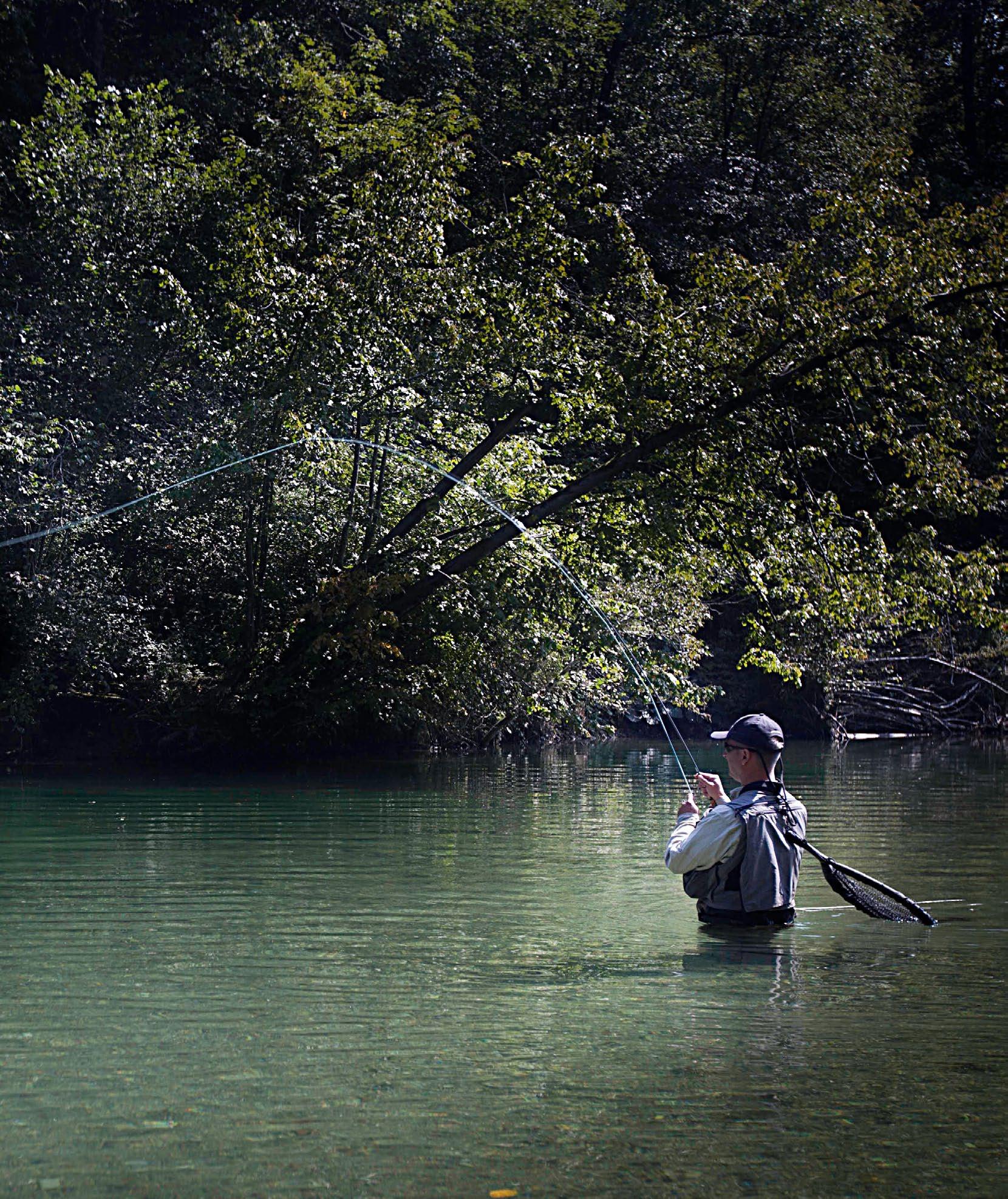
I have to admit that I`m not an experienced fly fisherman and that all these joys have been unknown to me until a few years ago. As a lure angler, at first I had trouble shaking off the thoughts of how great it would be to effortlessly cast my spinner to the opposite bank, or how much would I catch with a little twitch wobbler.
Still, I cannot grasp what changed exactly, but with every new trip, the fly fishing state of mind settles deeper in my psyche. I enjoy a great cast more than I ever did before, I love feeling a hard thump on the streamer or watching a perfect dry fly take.
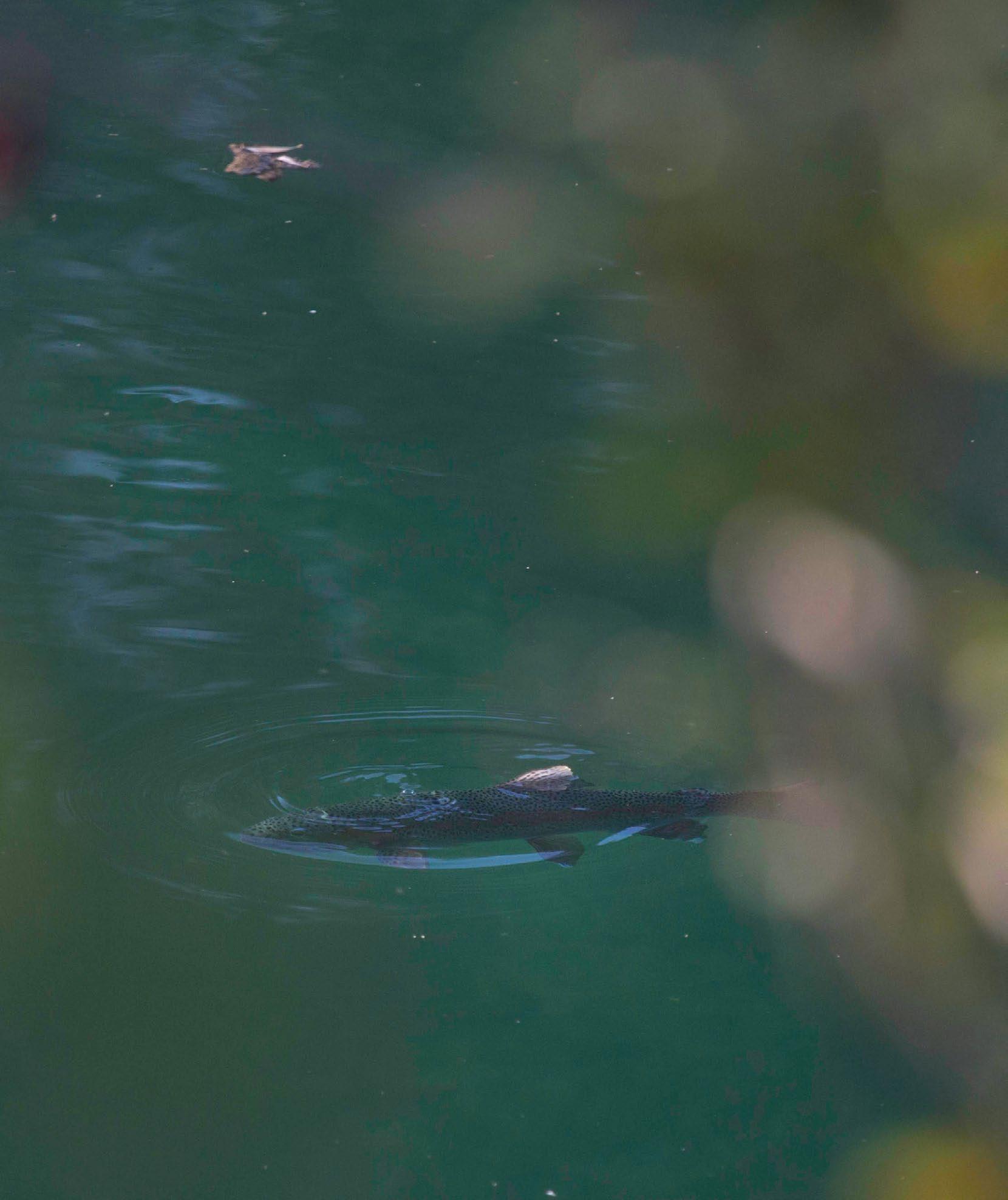
The joys of fishing – not catching
“The line-carries-the-fly” concept, slowly but surely, becomes the only right way to catch trout for me (and other fish as well). There are so many beautiful aspects of fly-fishing that many fly fishermen repeat time and time again that the catch is not that important. It really isn`t! Especially if you consider that most of the good trout streams have enough fish for you to always catch a few – just for the memory or a nice shot.
Now, all of this is very nice in deed, but one of the most common issues in this period of the year is that the fish are visibly feeding, but totally ignore our offerings. This is especially true when water levels are low and the water is clear. Then the fish become finicky – and even more so, because they have seen everything throughout the season, and have become selective feeders.
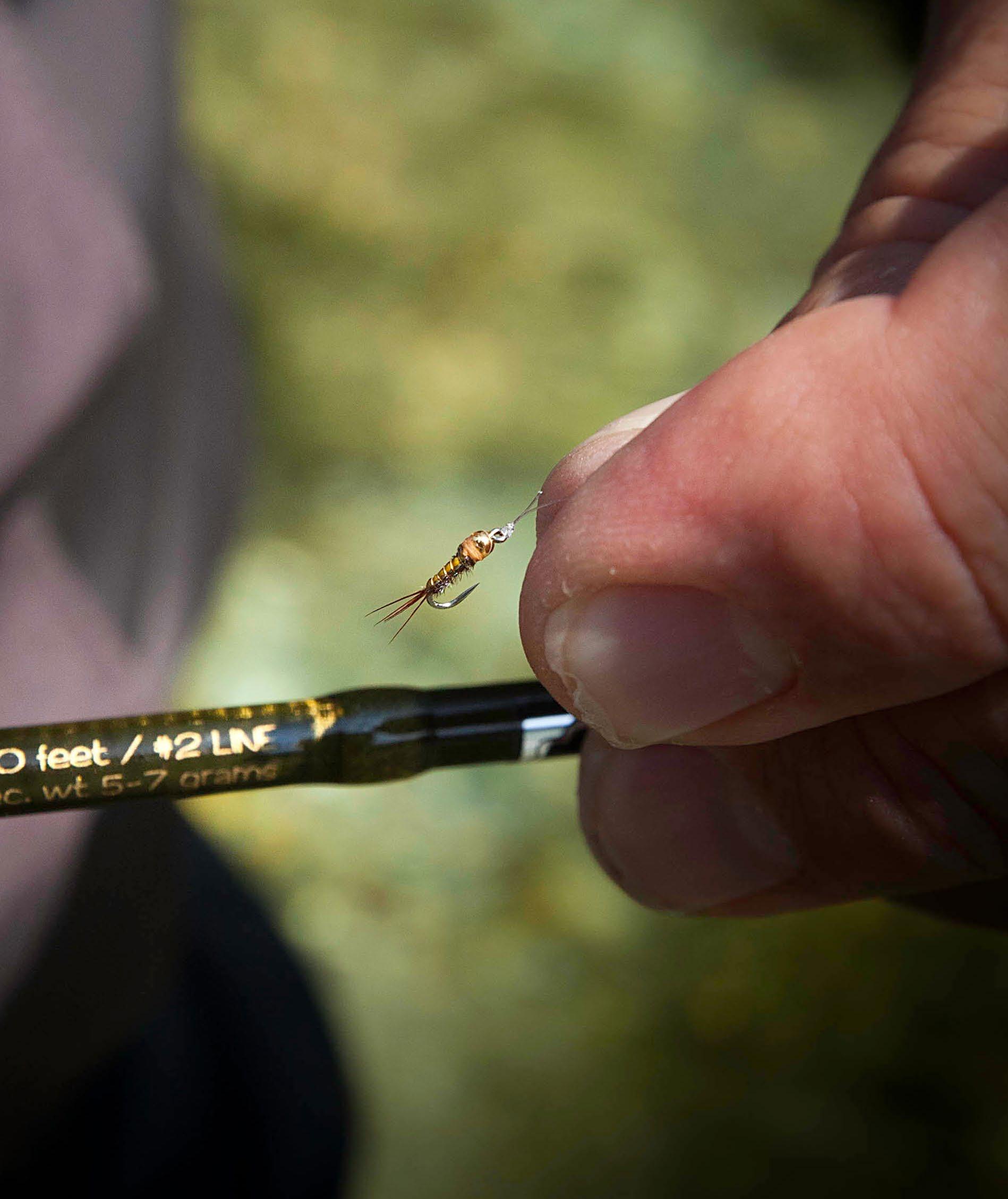
I think all of us have gone through this process at some point, and even though I consider myself a versatile angler who has tried all sorts of fishing styles from tuna to dry fly grayling, I have to say this is the most frustrating experience in fishing altogether. It really makes you feel incompetent and lets your ego weigh in the situation.
A feeding fish is in front of you, active and feeding with you standing there for such a long that it doesn`t even register that you are there. Every ignored pass in this situation will make you feel worse and you’ll start to question your skills.
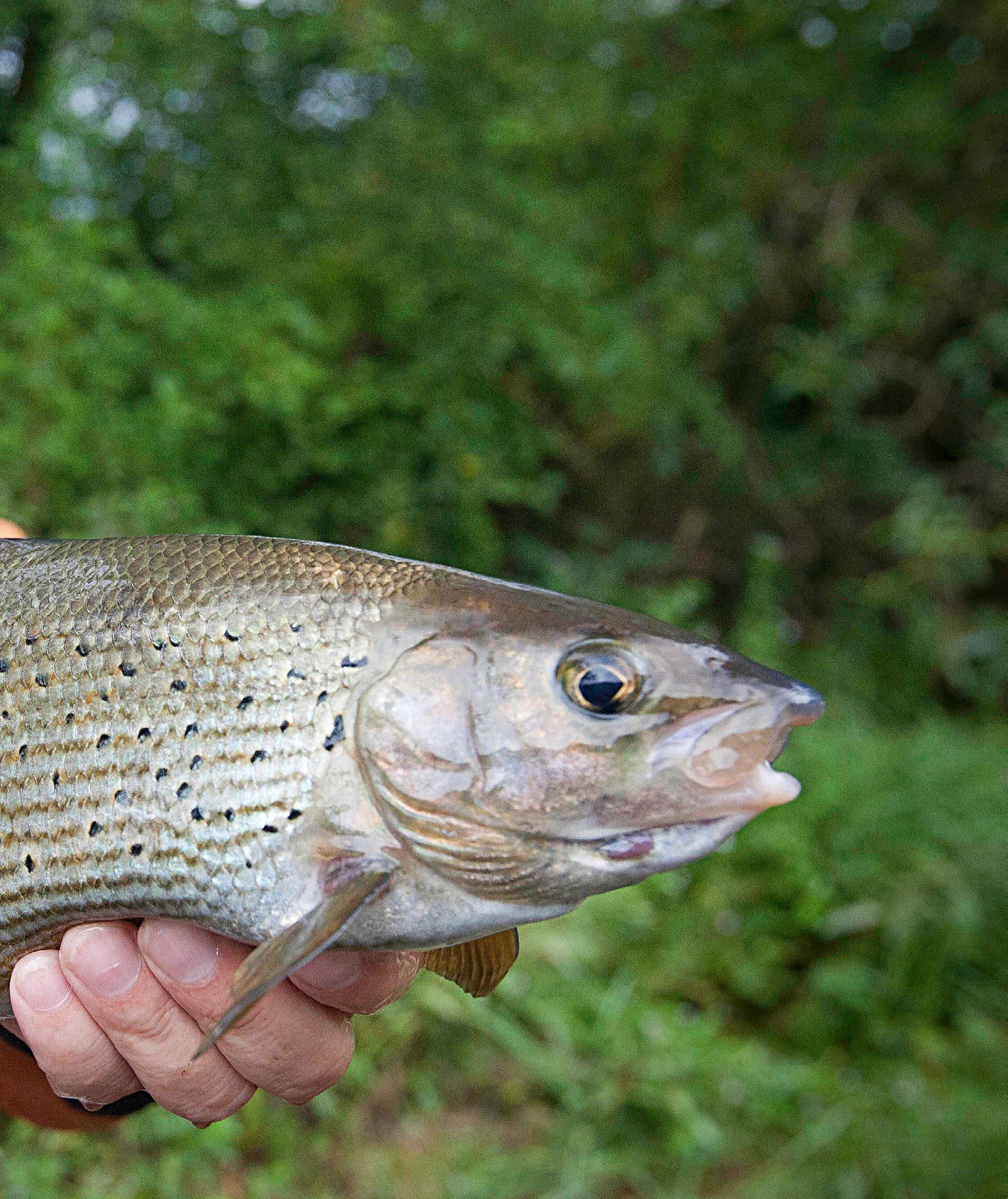
I`m not competent enough to dive into a trout feeding analysis, but some of the tricks that I have learned from exceptional fly fishermen around me have helped me catch a few fish when the going gets tough!
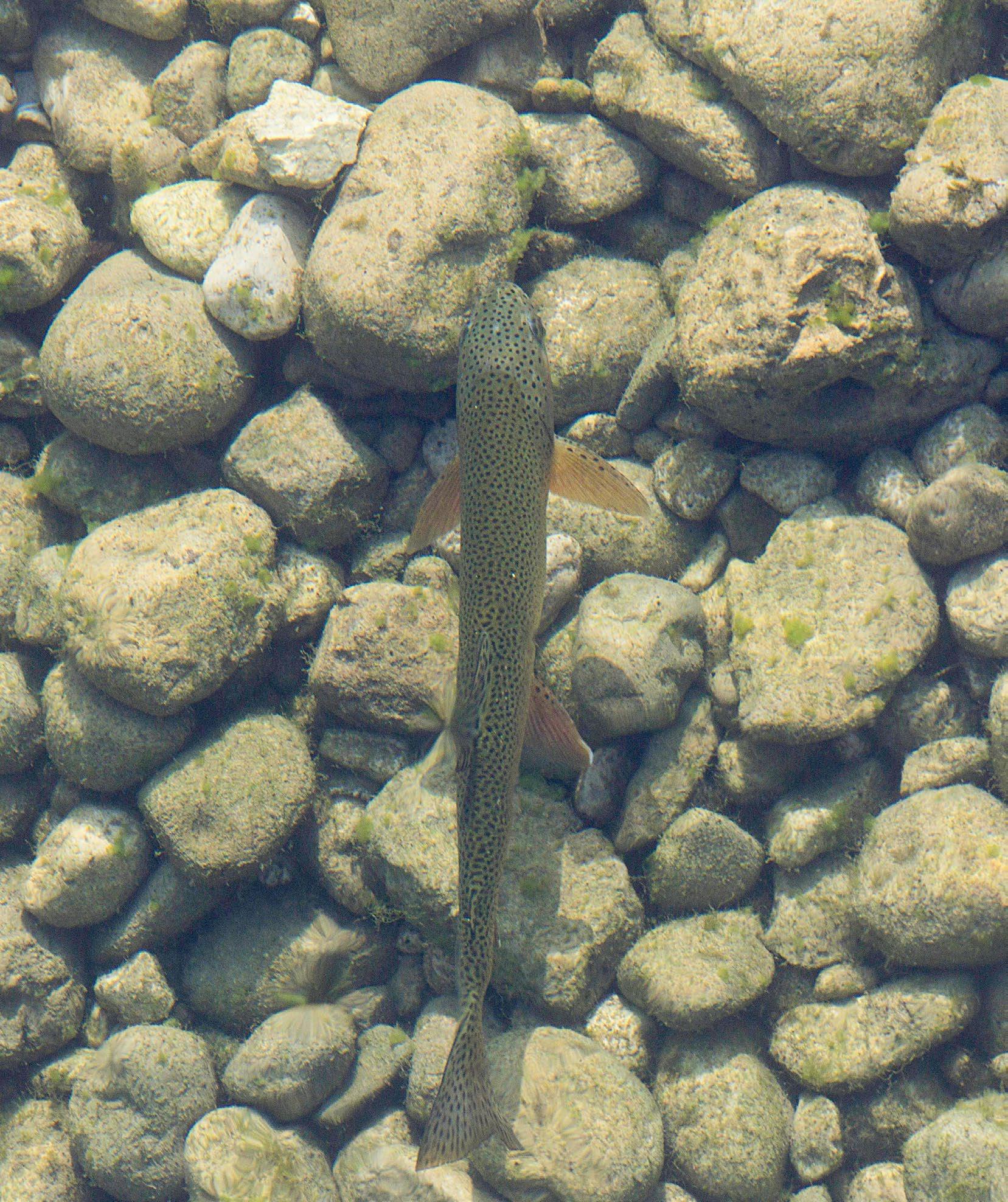
Present them with something different
The first thing you can do, when the fish are finicky, is to use flies the fish haven’t seen before. Let’s say something in an unusual color, size or appearance. Do NOT, for instance, use goldhead-nymphs because they are the most common and used by everyone. The best thing to do would be to go through several flies with two or three casts before tying a new one on if there is no interest. As long as the fish are actively feeding, once you find the right fly, the reaction will be immediate. It is also a good idea to try different presentations, say dead drift followed

Downsizing - Micro Nymphs
I personally think that the best thing you can do, when the fish are finicky and keep rejecting your flies, is to downsize. My buddy, Ado Jeginović, who is a professional fly fishing guide in Bosnia, taught me this lesson. Our recent trip to the Ribnik River was a prime example. This shallow clear river is full of fish that are under heavy pressure by anglers.
The nymphs tied on size 22 and 24 hooks Ado gave us were like toys, so small that they looked like they were just for display - not for serious fishing. Along the way, I got the feeling that the type of fly wasn’t that important as long as it was micro sized.
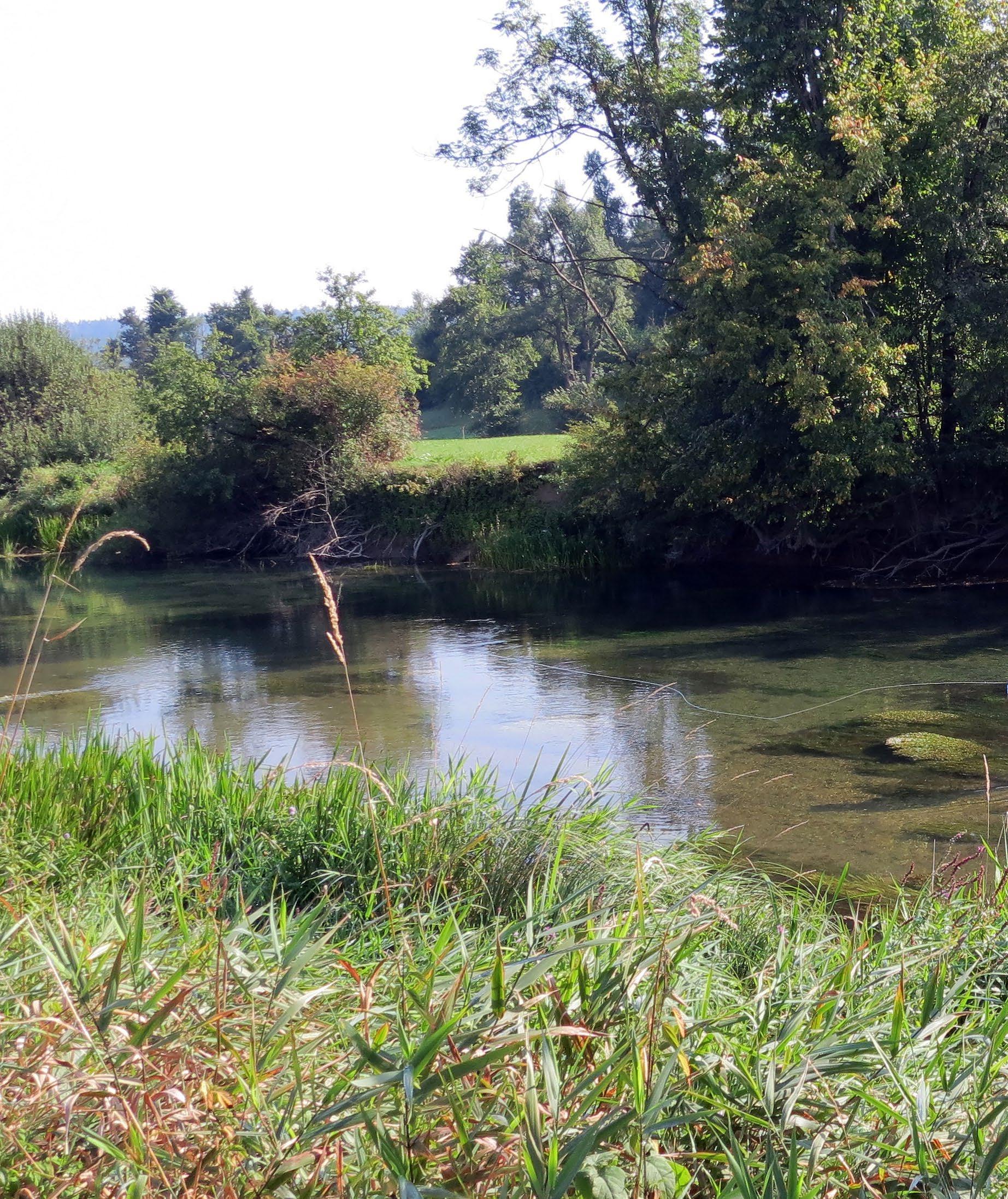
Certain spots on the Ribnik River hold many fish, but they know all the flies, and it can be tough to make them eat yours. Naturally, the micro nymphs have to be fished on super-thin tippets: 0,10-0,12mm are obvious choices, but with such light gear you will have more takes regardless of how good your presentation or basic skills are. We certainly did!
After a very successful day on the water with many grayling and brown trout, we spoke with several anglers who hadn`t been doing that well. We agreed it was all about the micro approach, because bigger flies were consistently ignored and basically it would’ve been a struggle for us as well if it hadn’t been for small stuff.
We used 2-weight gear and caught several grayling up to 55 cm that day - no problem!
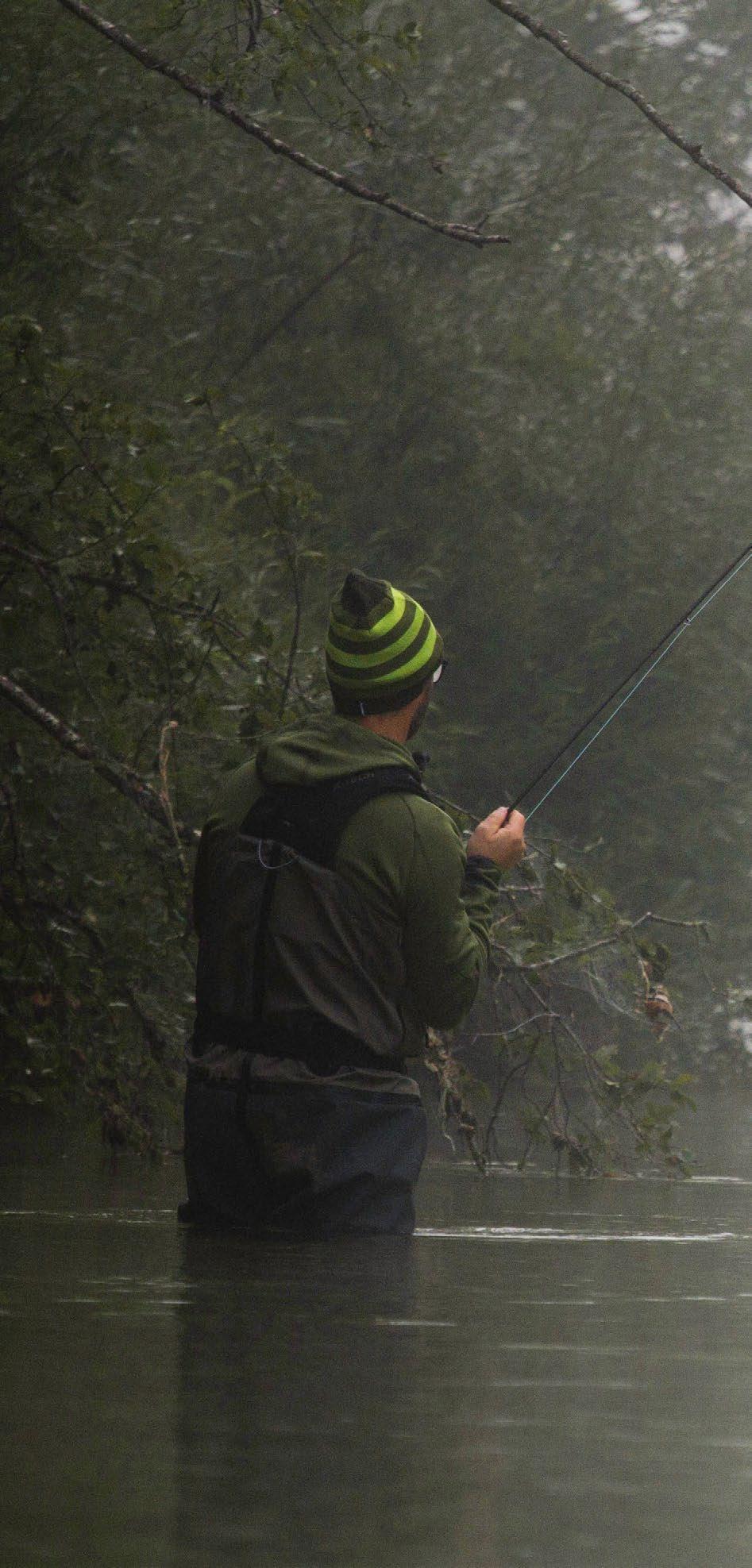
Go small – or go home
During summer trout will eat tiny fly with much more confidence than a bigger sized one. Also little mistakes in your cast or presentation will be much less noticeable for the fish when you’re using the light tackle.
I brought the same “Go small or go Home” concept to Sava Bohinjka in Slovenia a few weeks later.

The scenario was pretty much the same with slow moving, clear water and spooky fish, except this time they were mainly rainbows.
I saw active fish on several spots that gave me THE ignore look, until I pulled out Ado`s tiny nymphs and it was bingo right away! Three takes in three casts! The same principle goes for dry fly action, which can be exceptional this time of year. The smaller, the better!

Try to present your fly from upstream, so it is coming to a fish before your tippet. This way the fish cannot see the surface tension from the line. Angled upstream positioning and casting to a feeding fish is the best, so you can mend and straighten your line before letting it drift to a strike zone.
Small flies call for light tackle, so I started using a 2-weight Scierra Brook rod. This rod is not that limber and it has a lot of backbone in the lower section.
Anyways, more so than the 0,10 mm tipped you will be using. This rod also has great casting abilities, so getting fair distance is not a problem!
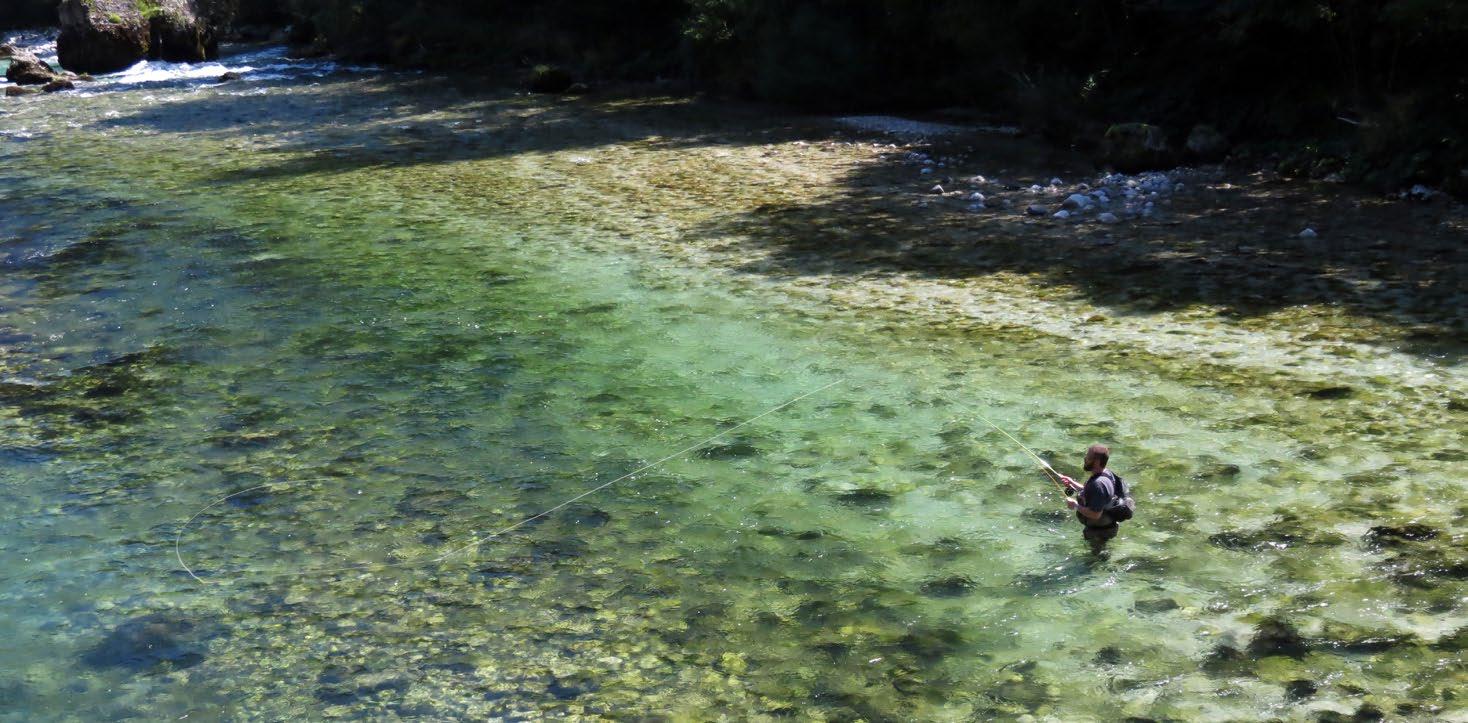
A 2-weight line also helps because it is not very heavy, so it will not disturb the water that much - and you can get away with shorter leaders without spooking the fish. Also, it doesn’t cause as much drag as heavier lines. It is awesome to land average and even small fish with this setup, not to mention big fish – every battle is epic!
Some anglers think such small nymphs aren’t necessary, and that a bigger hook with a small body on a shank is better solution for landing fish. Ado thinks that the fish can see bigger hooks, so a small one is also important. Certainly, getting more bites will increase your odds of actually landing a fish, compared to not getting any strikes at all. Still, for targeting big fish - or if the river is full of grass or wood, it is probably a better idea to use heavier tackle.
The experience and skills involved with casting light tackle will always be helpful, but simply switching to a light approach will make your fishing easier and will probably provide you with more strikes. At least this is what I’ve experienced. So make sure you have one of those size 22 nymphs and a #2 or #3 weight rod in hand next time you go fish for finicky trout and grayling.





